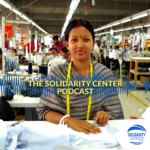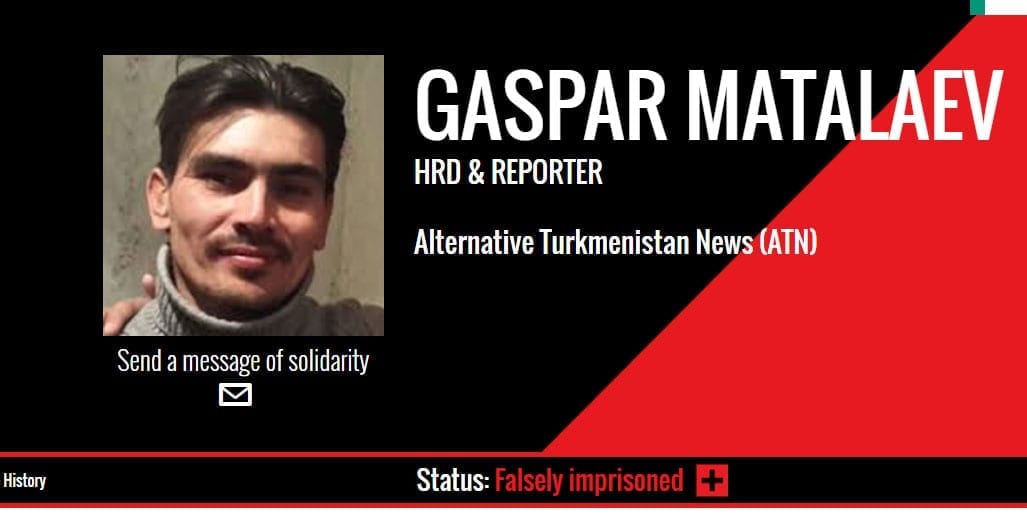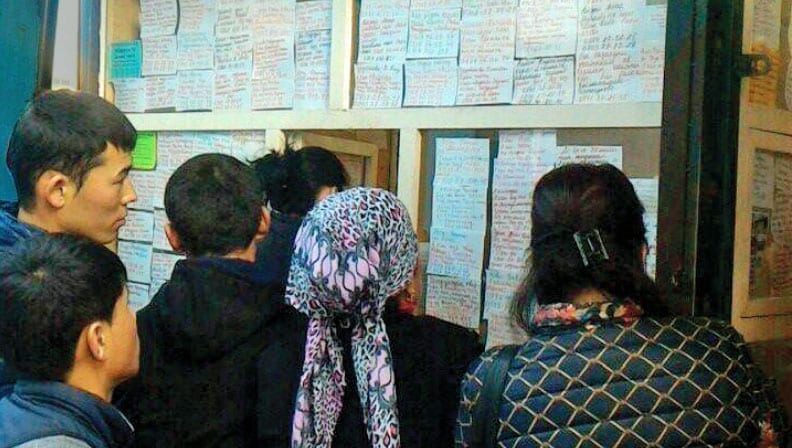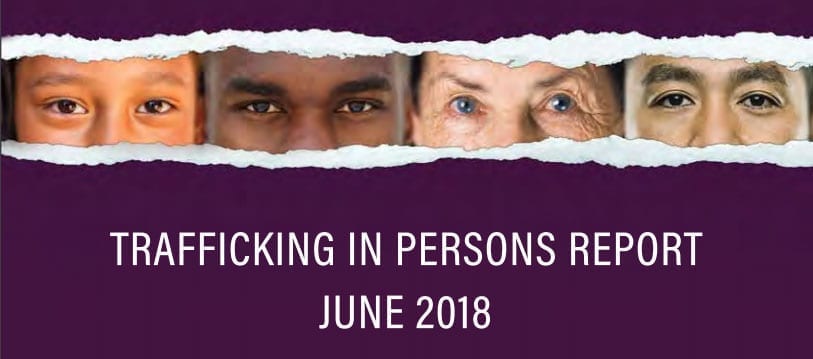Belarus, Burundi, Mauritania, Russia, Saudi Arabia, South Sudan and Turkmenistan are among the 22 countries with the worst human trafficking records in 2018, according to the U.S. State Department’s annual Trafficking in Persons Report. The report notes that for the...
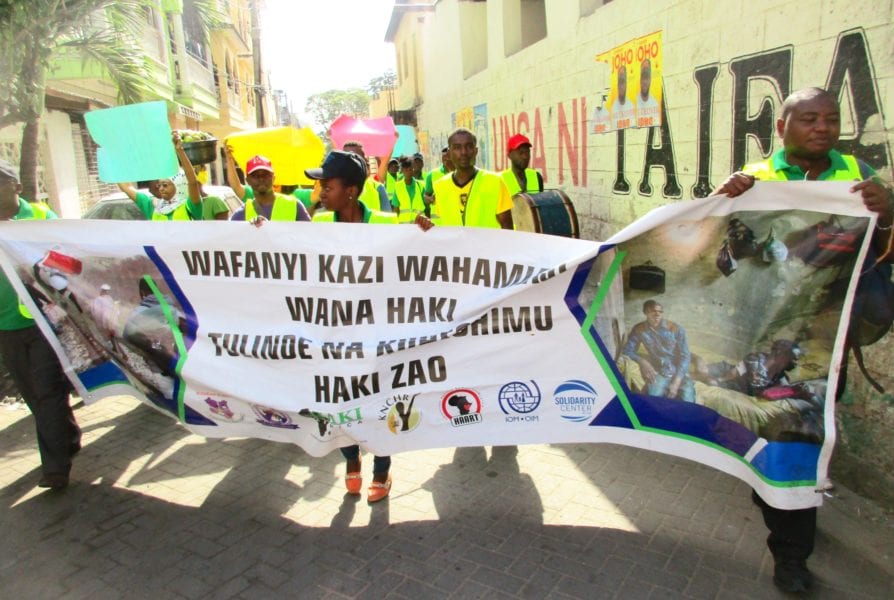
The Solidarity Center workers with partners like those in Kenya to end labor trafficking of migrant workers. Credit: Solidarity Center/Caroline Kasina
The Solidarity Center advocates an approach to combating human trafficking that puts worker rights at the forefront of solutions and calls for the labor movement to be involved.
Trafficking for forced labor results from the absence of human rights and effective governance. It often occurs in countries that restrict civic freedoms, have weak rule of law and prevent the exercise of the right to freedom of speech, assembly and association—including the right to form or join a trade union to represent their interests.
Trafficking for forced labor also thrives in un- or under-regulated supply chains and so combating trafficking must begin with empowered workers who can stand up to exploitation when it occurs.
Migrant workers are especially targets of human trafficking and forced labor. Corrupt labor brokers lie about the wages and working conditions workers should expect in a destination country and charge such huge fees for securing work that migrant workers cannot repay them even after years on the job, forcing them to remain in dangerous working conditions because their debt is too great. Employers use work visas and threats of deportation to exploit workers for forced labor.
With migrant workers, trade unions, human rights NGOs, governments and civil society coalitions around the globe, the Solidarity Center raises awareness about the causes and the extent of trafficking for forced labor and implements programs with our partners worldwide to combat this scourge. These programs address each of the four “Ps” that are part of the anti-trafficking toolkit: prevention, protection of victims, prosecution (access to justice) and partnerships. Solidarity Center programs recognize that we cannot eliminate forced labor without fundamentally changing how labor migration is managed around the world, how companies do business and how governments monitor and enforce human and labor rights.
Migrant Workers & Children Exploited in Kazakhstan
Workers who migrate from Kyrgyzstan to Kazakhstan for jobs often do not receive their wages, are forced to work in unsafe and abusive conditions and even are kidnapped and held against their will in forced labor, according to a new report. “Invisible and Exploited in...
Myanmar, Turkmenistan Failing U.S. Trafficking Standards
Myanmar (Burma) and Turkmenistan do not meet minimum standards to address human trafficking and are making no attempts to do so, according to the 2018 U.S. State Department’s 2018 Trafficking in Persons Report released today. The report, which ranks countries based on...
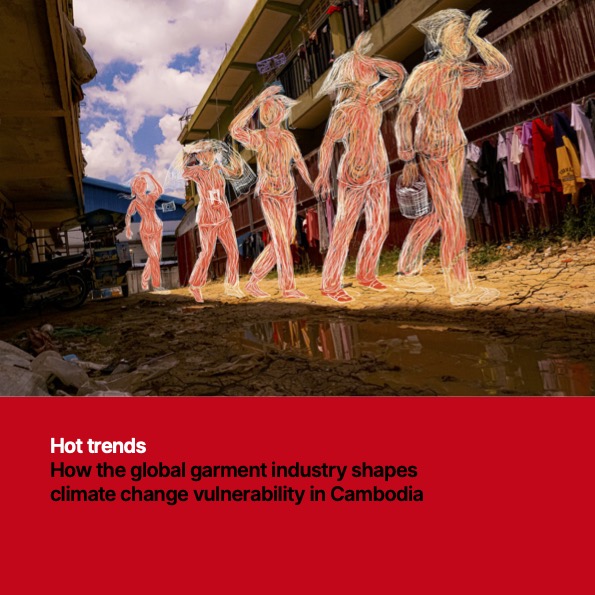
Hot trends: How the global garment industry shapes climate change vulnerability in Cambodia (2022)
In response to mounting public pressure, companies have moved rapidly to launch media campaigns highlighting their commitment to a green future. The global garment industry is no different. Behind much of this “greenwashing” remains the reality that the garment supply...
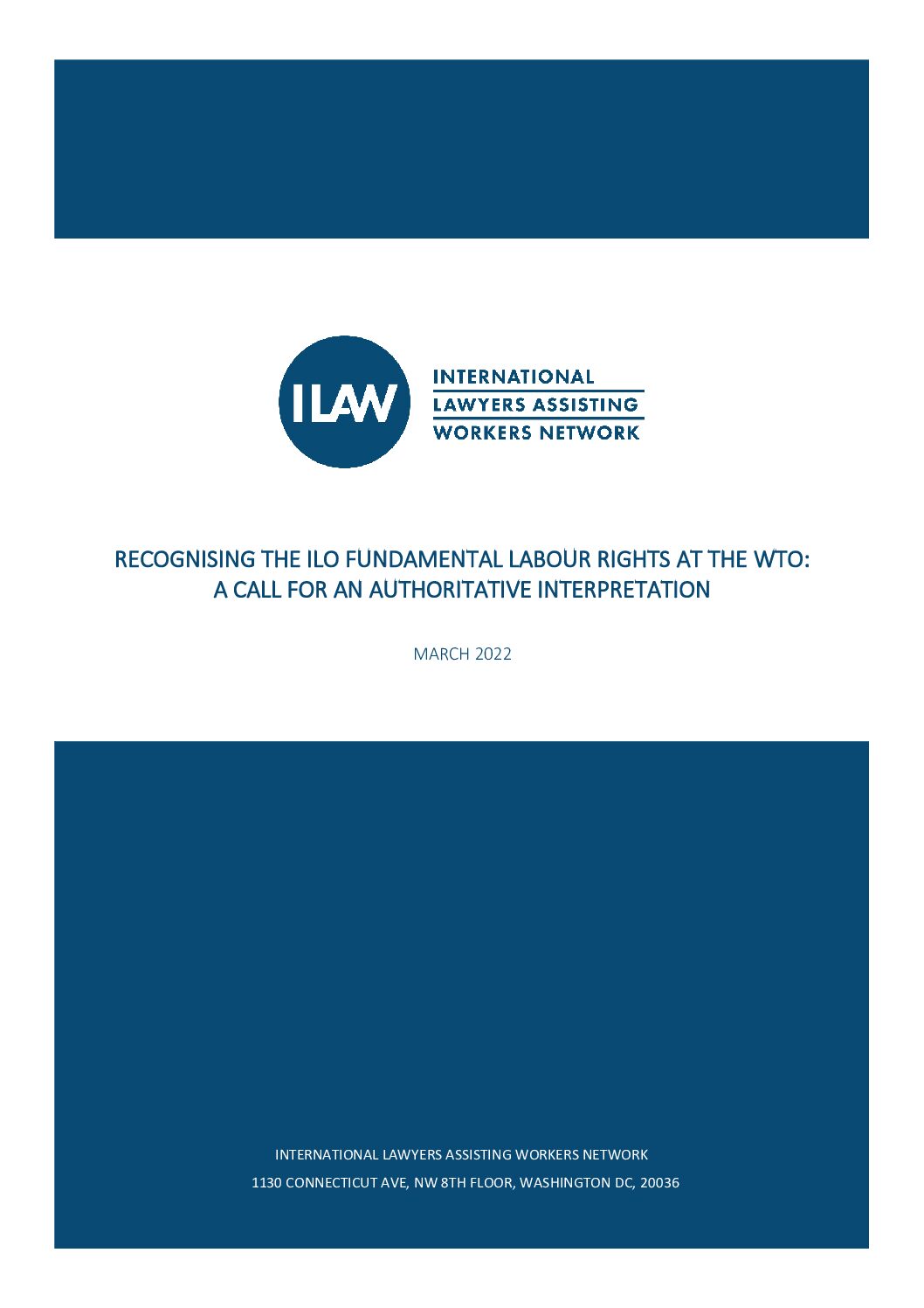
RECOGNISING THE ILO FUNDAMENTAL LABOUR RIGHTS AT THE WTO: A CALL FOR AN AUTHORITATIVE INTERPRETATION
This memo explains that under current WTO law, the ILO fundamental labor rights should already be protected under the ‘public morals’ clauses of the WTO’s General Agreement on Tariffs and Trade (GATT) and the General Agreement on Trade in Services (GATS). Download it...
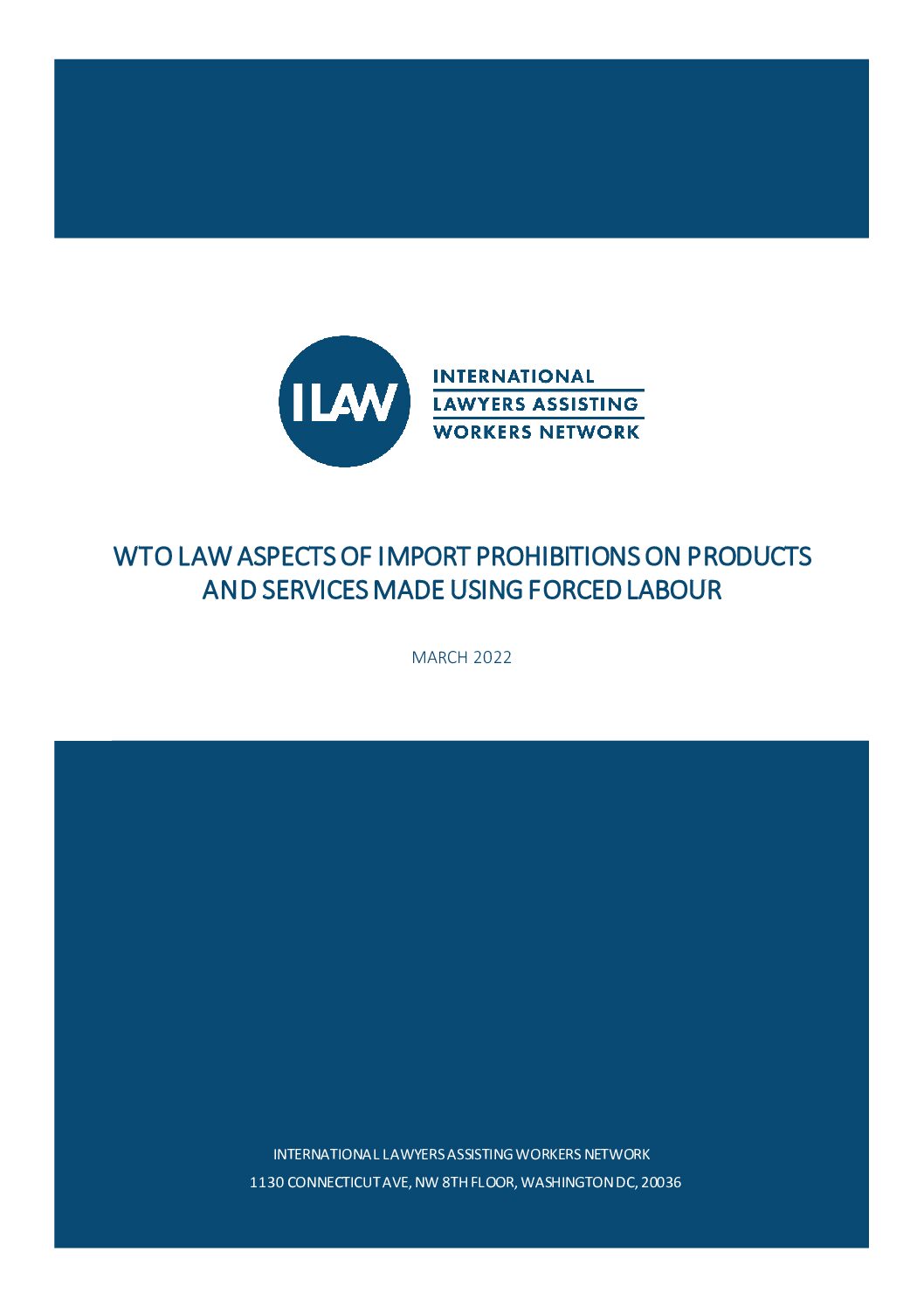
WTO Law Aspects of Import Prohibitions on Products and Services Made Using Forced Labour
All states are obliged under international law to eradicate forced labour within their own territories. However, these obligations do not require states to eradicate forced labour in other states. At most, states are obliged to cooperate with each other to this end....
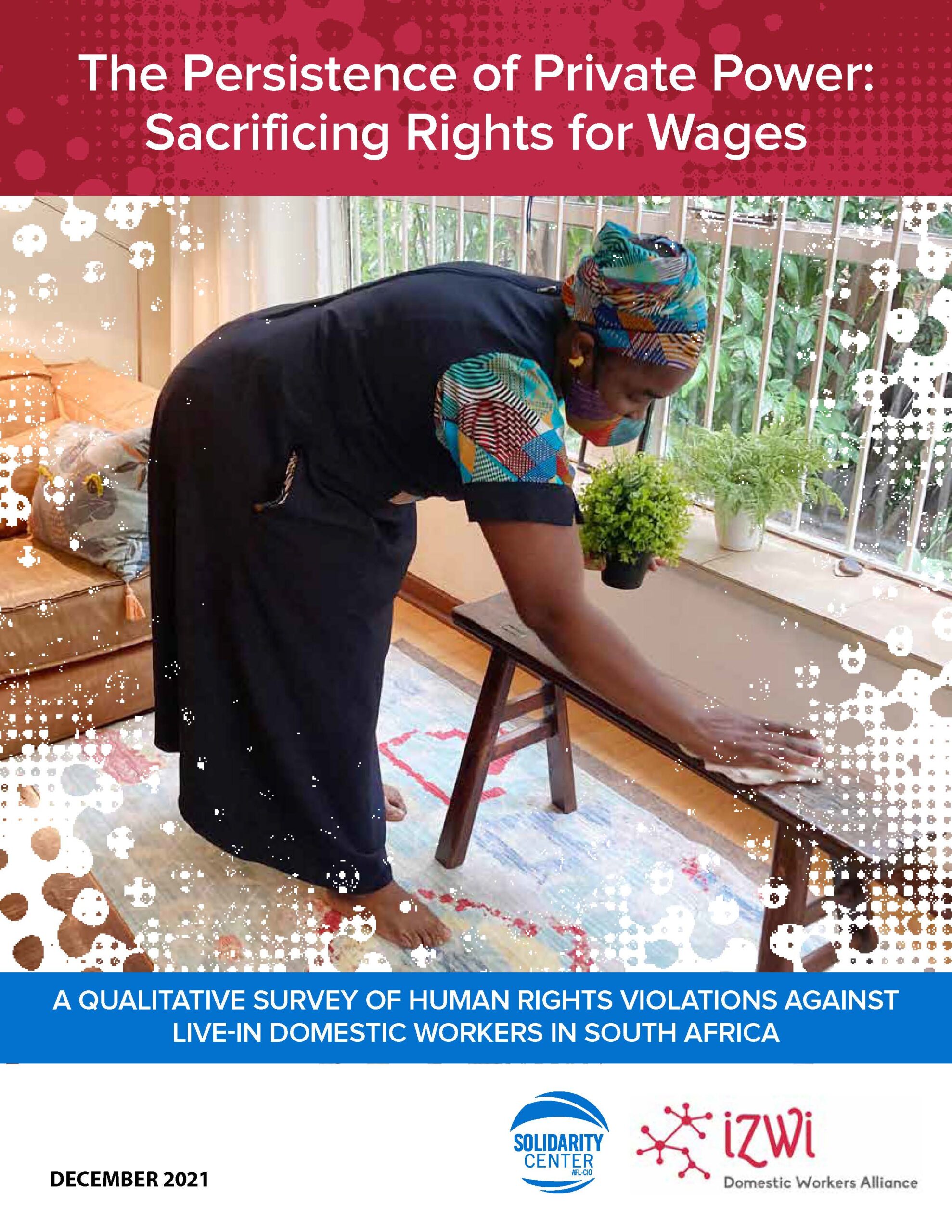
The Persistence of Private Power: Sacrificing Rights for Wages (South Africa)
"The Persistence of Private Power: Sacrificing Rights for Wages," a qualitative survey of human rights violations against live-in domestic workers in South Africa, is co-published by IZWI Domestic Workers Alliance—a network of domestic workers in Johannesburg that...
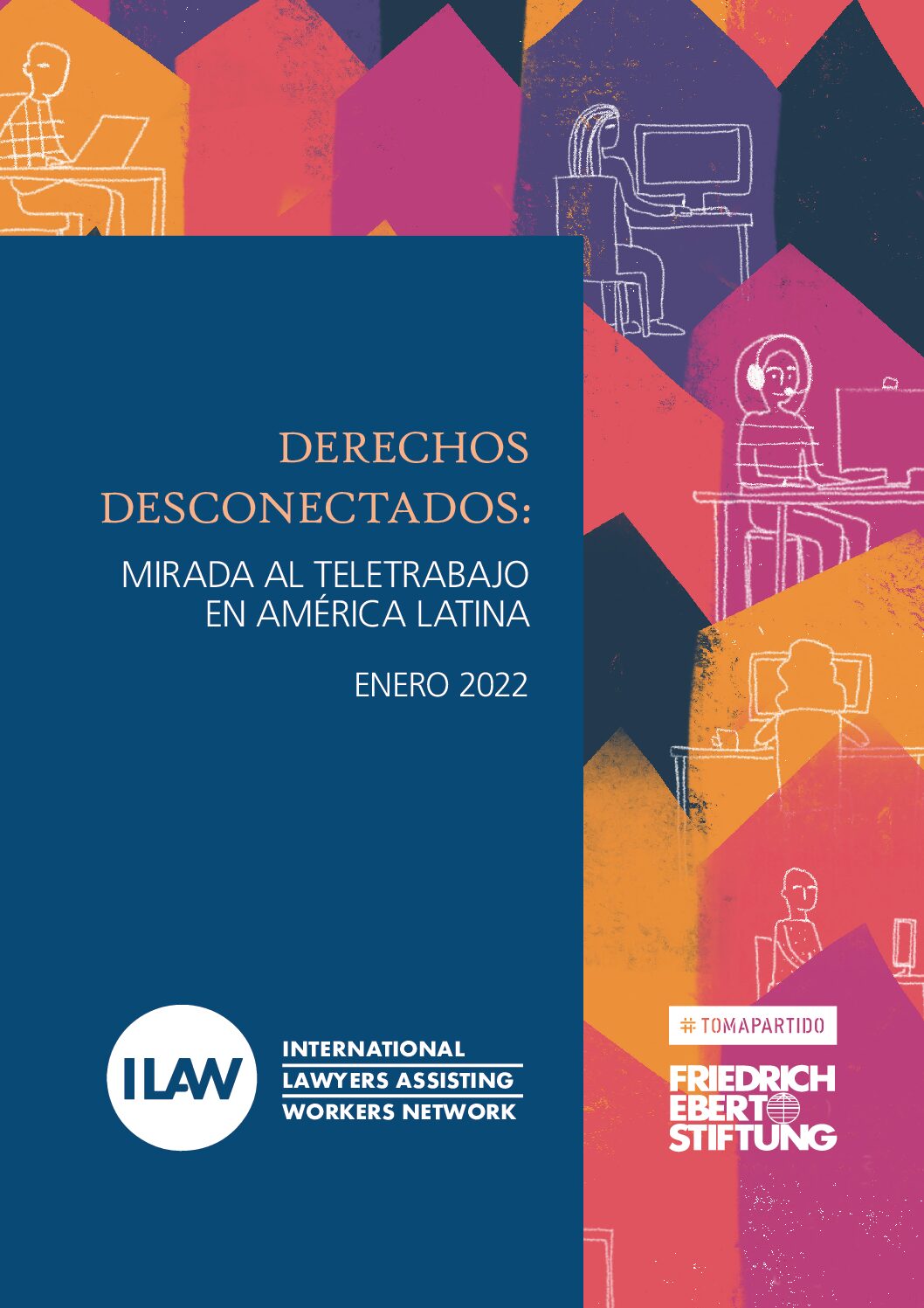
DERECHOS DESCONECTADOS: MIRADA AL TELETRABAJO EN AMÉRICA LATINA
The ILAW Network, in partnership with the Friedrich Ebert Foundation (FES) “Toma Partido” project, analyzes existing legal frameworks on telework in Latin America, whether adopted before or during the pandemic. Download it here.
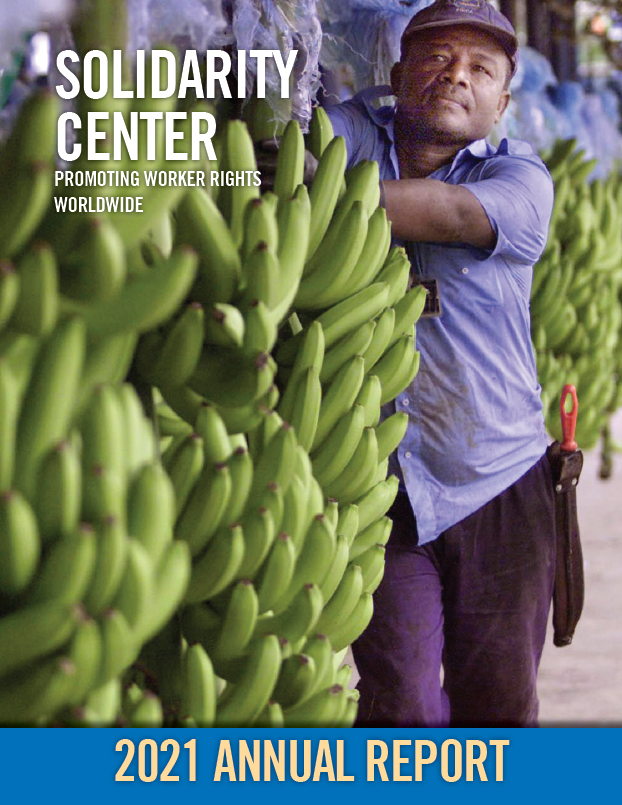
2021 Annual Report
Download here.

